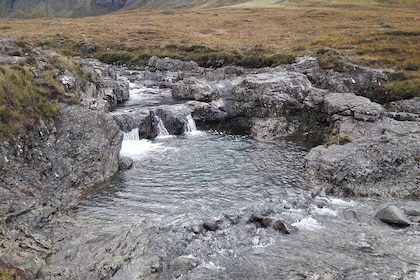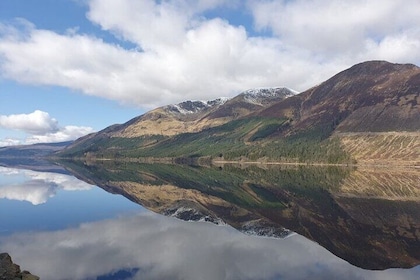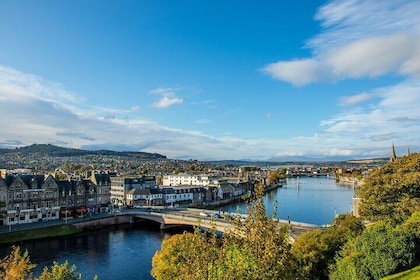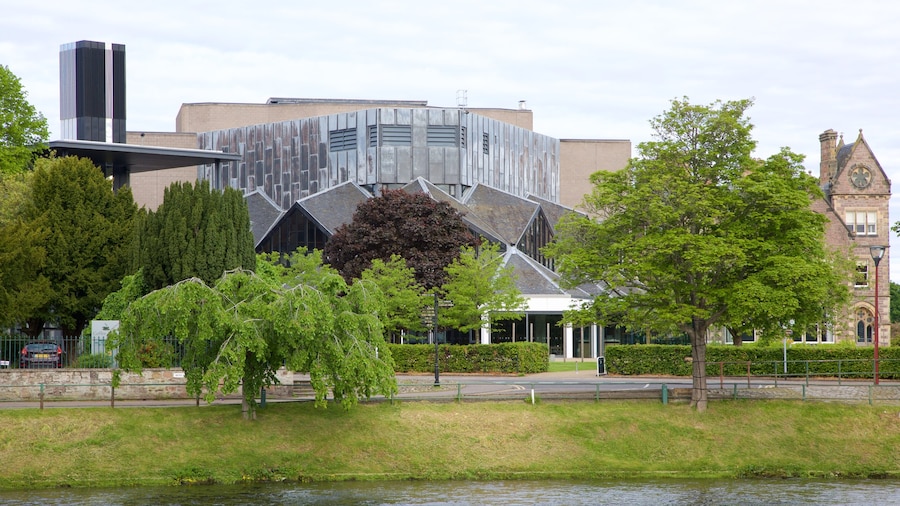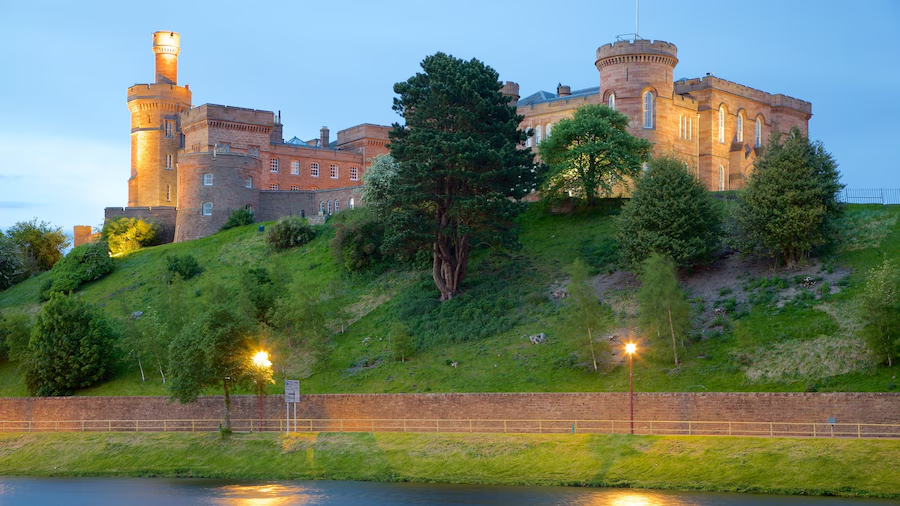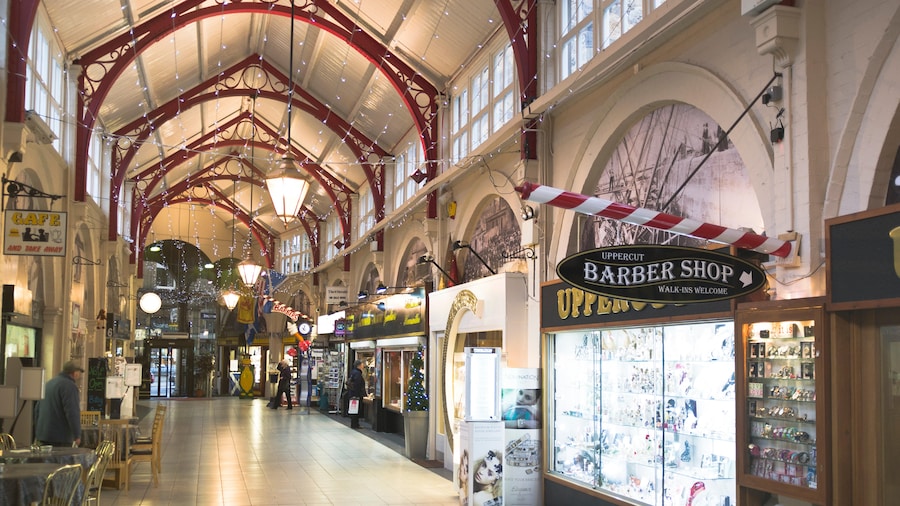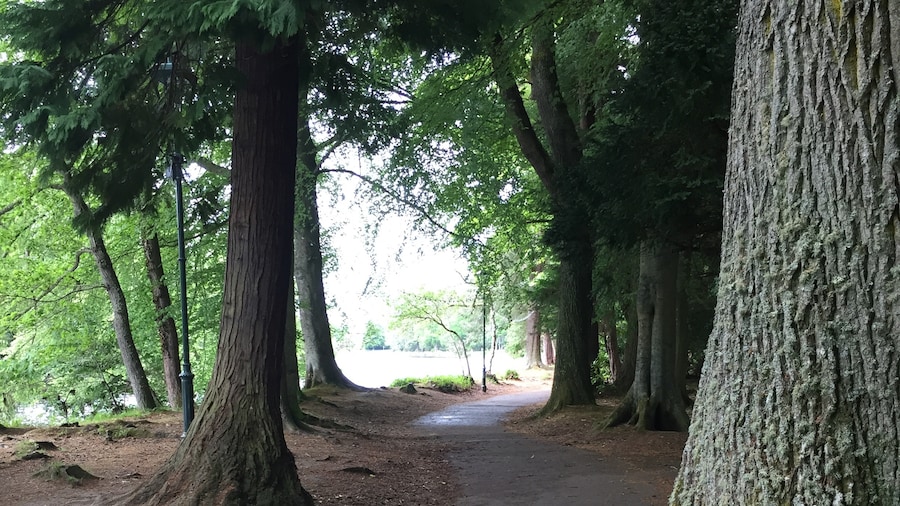Inverness Cathedral, also known as St. Andrews Cathedral, is in a northern diocese of the Scottish Episcopal Church. The cathedral’s architecture prompts much debate, yet it’s one of Inverness’ most remarkable churches. View the cathedral’s controversial exterior and step inside to see its historic treasures.
The cathedral was constructed in 1869 by local architect Alexander Ross. Admire the distinctive reddish sandstone towers flanking the cathedral’s entrance. The spires that were originally intended to crown these square Gothic towers were ultimately omitted due to a lack of funds, polarizing public opinion about the cathedral’s final appearance.
As you walk inside the cathedral, look at the polished Peterhead granite pillars separating the bays of the nave. Don’t miss the gorgeous choir, which is made from Austrian oak. The choir screen was added in 1923, while the stalls date back to 1909.
Check out the white marble angel font, a copy of Copenhagen’s kneeling angel font by Danish sculptor Thorvaldsen. The angel’s face is different from the original, modelled after the wife of its donor, Colonel Learmonth.
Take your time viewing the cathedral’s beautiful stained-glass windows. Pay particular attention to the depiction of the Last Judgement in the gable above the west door, which is among the largest stained-glass windows in the country. This window is the diocese’s memorial to Bishop Eden, who inspired the building of the cathedral.
View the 19th-century icons given to Bishop Eden by Tsar Alexander II of Russia. The central icon depicts Jesus Christ, while the one on the left shows the Trinity with a group of saints. Another icon of Christ is on the right.
The cathedral continues to be one of Inverness’ most important places of worship, hosting regular Sunday services as well as various civic and community events. Try to catch one of the choral evensong performances, which are held once per month and on special occasions.
Inverness Cathedral is open daily and admission is free. Reach it by foot or bus on the west bank of the Ness River. Form your own opinion about the design of this grand Victorian cathedral.















